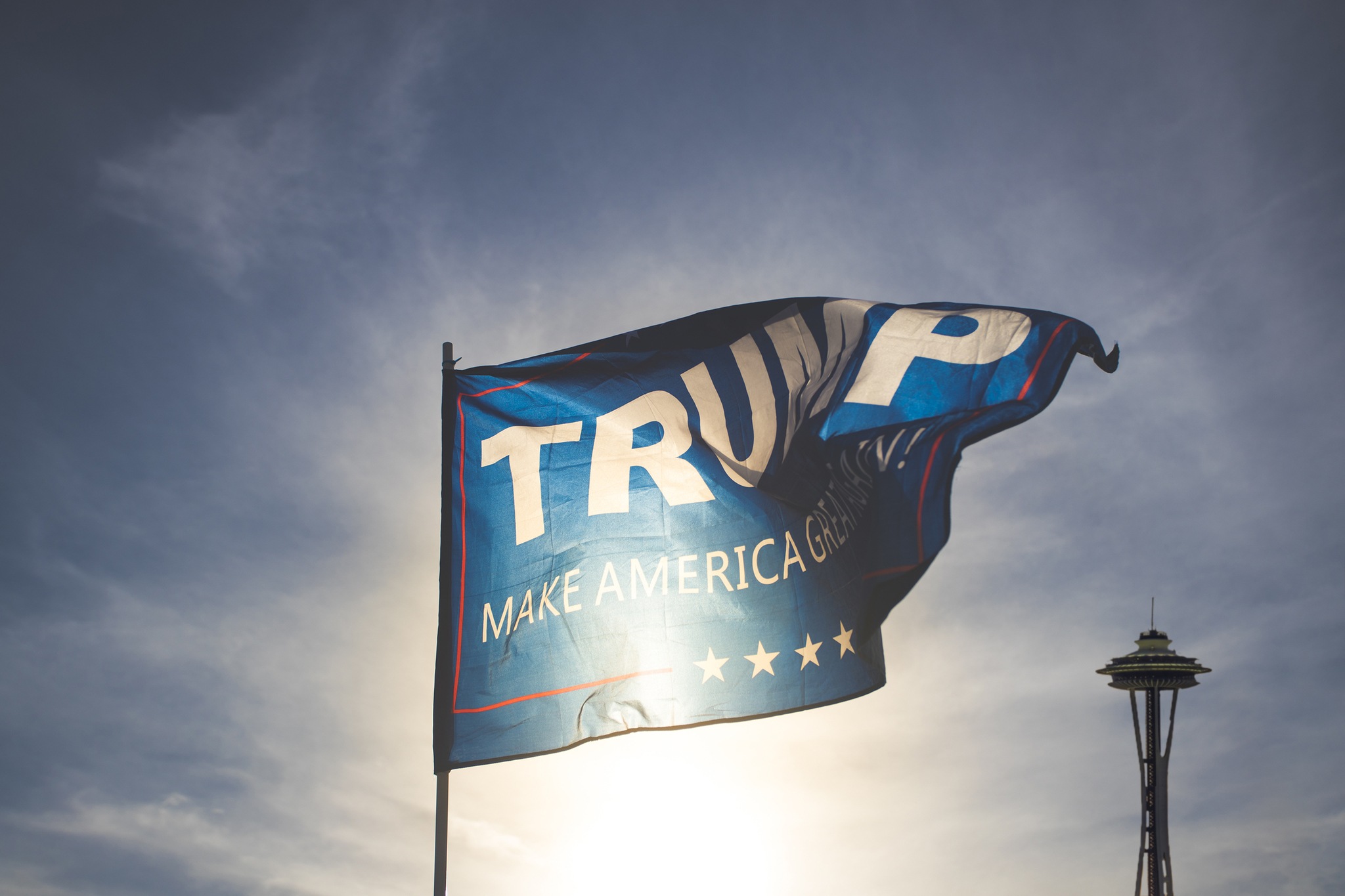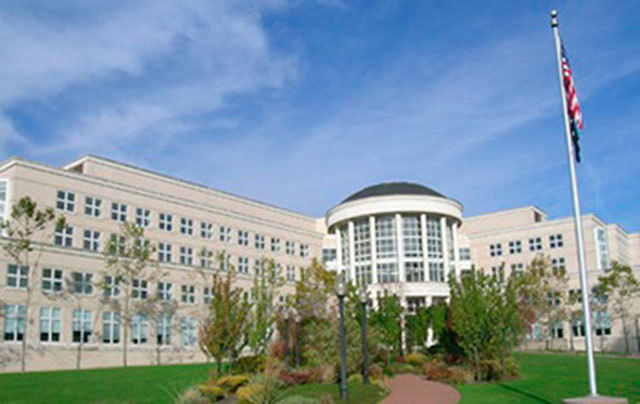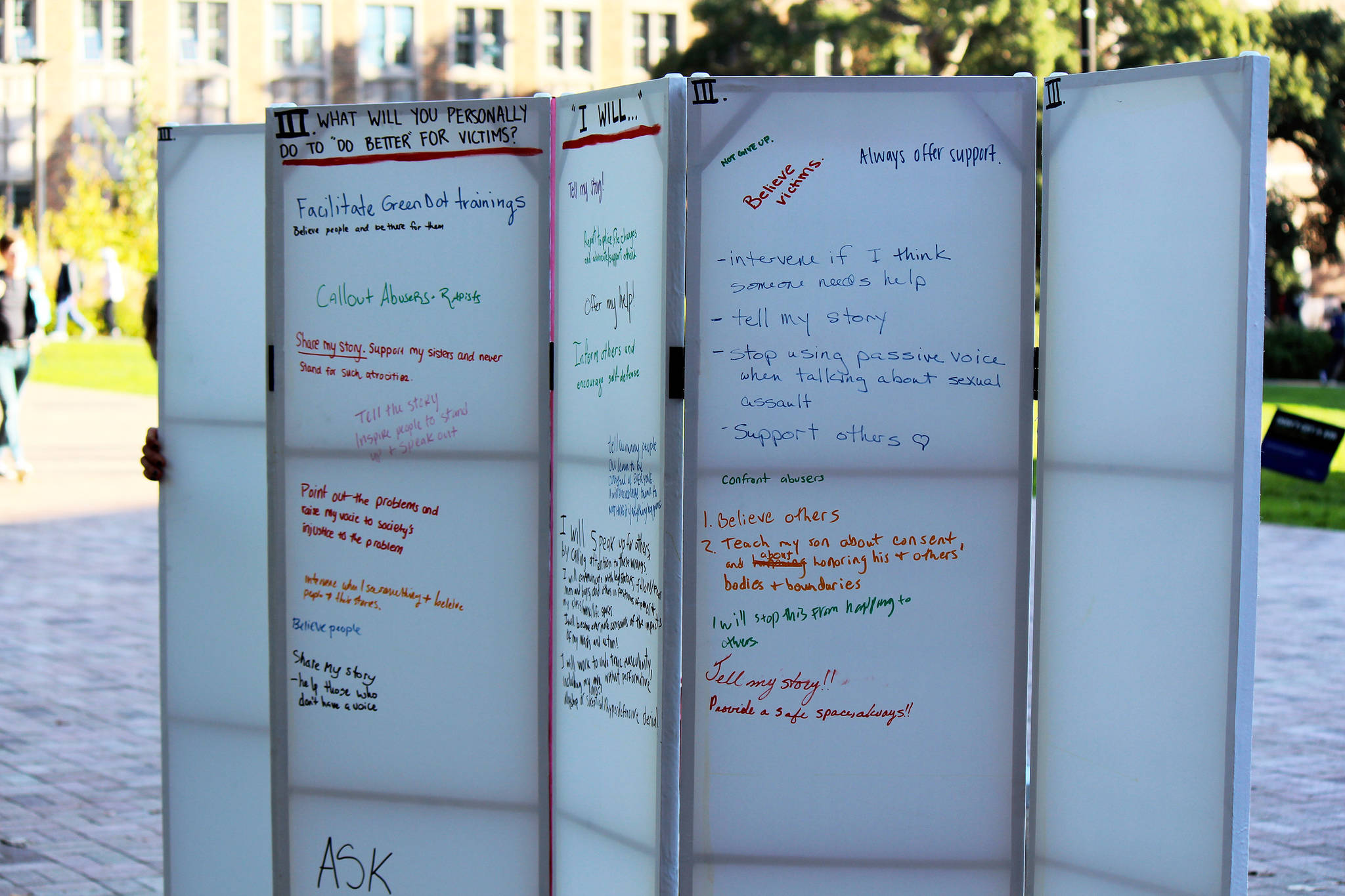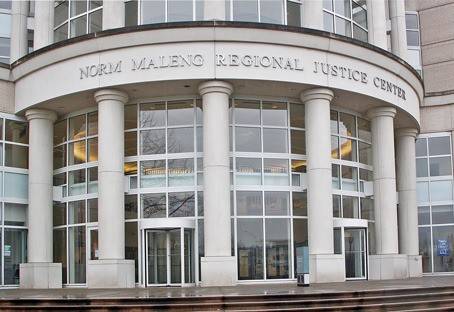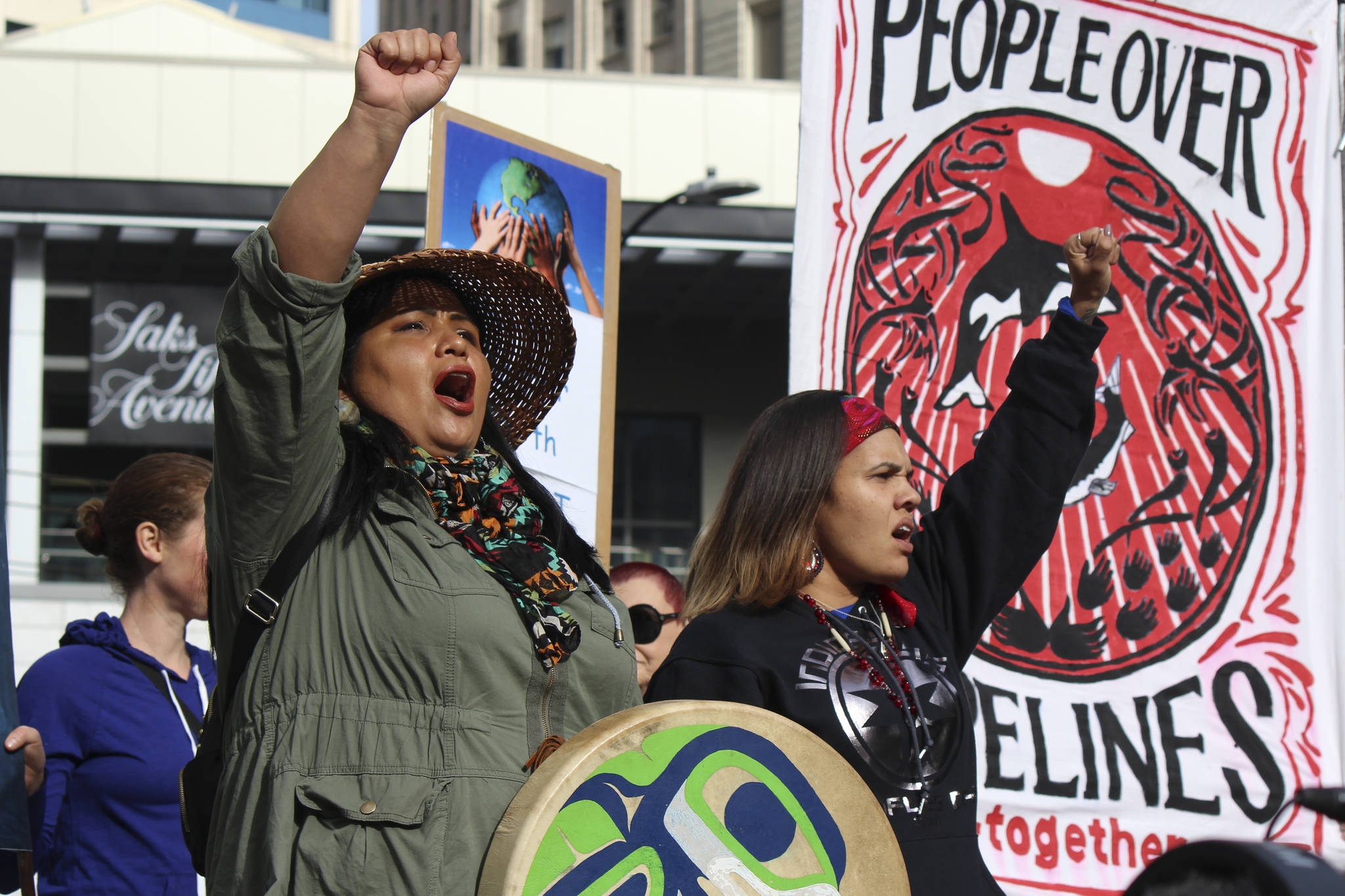Last December, we published a gushingly optimistic article about how 2016 was going to be the “best year ever.” Well … some good stuff has happened this year in Seattle, for sure. But maybe because the presidential election cast a pall over most everything Seattleites care about, and there’s a lot of fear and anxiety and despair in the air, we couldn’t figure out a way to be so optimistic about 2017. What we do know is that people are more than ready to resist whatever comes. So here is a quick roundup of some of the most significant political battles we can expect to see in our region next year.
Seattle vs. Trump
Seattle won the bronze for least-favorable-to-Donald Trump of any major U.S. city, according to election-day tallies. Naturally, then, thousands of Seattleites stormed the streets as soon as he was elected, hoisting signs scrawled with “Fuck Donald Trump” and “Revolt,” and have returned with some regularity since. We can comfortably expect thousands to be out in protest on Inauguration Day on January 20, as well as on the following day for a Women’s March. (As of press time, some 20,000 people have RSVPd on Facebook for that event). We also expect many, many more street protests to come.
But what exactly will happen during Trump’s first year in office? As pundits and journalists and outraged citizens speculate and hair-tear, there will be, at some point very soon, a clearer idea of what a Trump administration will actually do, as opposed to threaten to do. And chances are that as soon as anything Seattle cares about gets threatened, Seattle will fight back. We know that there will be an anti-Trump Neighborhood Action Council for every City Council district, and that many nonprofit organizations and activist groups will be doing everything from hosting Know Your Rights workshops to blocking oil-train tracks to speaking out against Trump’s racist and xenophobic campaign rhetoric. There will also likely be many more fundraisers for local nonprofits that work with communities under threat and thus anticipate cuts in their federal funding, as well as city-sponsored events to support immigrants and refugees. Mayor Ed Murray has confirmed Seattle’s commitment to remaining a “sanctuary city”—one with “don’t ask, don’t tell”-type policies that effectively shield undocumented immigrants. And although this may not happen in 2017, or at all, we expect that if by some chance Trump does pursue his threats and pull federal funding from Seattle for that reason, Murray, like the leaders of three dozen other sanctuary cities, will maintain his stance. But should he waver, there’s little doubt that Seattleites will rise up to demand he hold firm.
2017 will be a big, big year for anti-Trump movements across the country, and there truly won’t be many places as dedicated to the cause as Seattle, Washington. Stay tuned.
‘The Next Standing Rock’ vs. Big Oil
Many people who’ve spent time watching activist battles against fossil-fuel infrastructure projects in the Pacific Northwest say that Kinder Morgan’s TransMountain pipeline is shaping up to be “the next Standing Rock.” The proposed expansion, recently approved by Canadian Prime Minister Justin Trudeau, will triple the capacity of an existing pipeline from the tar sands in northern Alberta to a port just north of Vancouver, B.C., and if Kinder Morgan has its way, construction on the pipeline will begin by the second half of next year.
The TransMountain pipeline has long been hotly contested by First Nations in Canada, the mayors of Vancouver and Burnaby, and other residents and politicians across British Columbia. Because of this, and because Standing Rock is now a household term and the water protectors in North Dakota got a huge win in early December, the climate movement in this region is more galvanized than ever to show up and camp out a la #NoDAPL. The Lummi Nation, which successfully fought years of efforts to build a coal-export terminal at Cherry Point near Bellingham, is fighting the project along with other Coast Salish tribes, and sources from 350 Seattle say that they’ve been stunned by the renewed appetite here for direct action following Trump’s election. Many oil and coal projects have been proposed in the Pacific Northwest, and many have failed, in part because of the whims of financial markets (coal is still doing quite poorly) and in part because climate and indigenous activists have thrown in everything they’ve got against them.
On that note, also on the docket for next year: the Tesoro-Savage oil-export terminal in Vancouver, Wash., which, if built, would be the largest oil-by-rail project in North America. The permitting process is almost complete. The state’s Energy Facility Site Evaluation Council is expected to deliver its recommendation to Governor Inslee in the first quarter of 2017; after that, Inslee has 60 days to either veto or approve the project. Should he approve it, he should expect plenty of outrage. And Millennium Bulk Terminals’ coal-export proposal in Longview will remain under procedural and activist attack next year—in part because the EPA recently found that the Army Corps of Engineers’ draft environmental-impact statement was inadequate. That means that the Corps will likely have to revise its draft and re-release it for public comment before they release a final EIS. Whether a new, Trumpian EPA led by climate-change denier Scott Pruitt will care to enforce this kind of thing, however, remains to be seen.
Legislature vs. The People on McCleary … Again
Yes, we’re still here. In 2012, the state Supreme Court ruled that Washington was chronically underfunding its public-education system, and that the legislature would need to begin adequately doing so by 2018. In August 2015, when lawmakers had done almost nothing to comply with that order (they were supposed to have developed a funding plan by 2014), the Court found them in contempt and fined them $100,000 a day until they figured out a way to deal with the problem. The daily $100,000 turned out to be symbolic (surprise!), and the 2016 legislative session ended with lawmakers agreeing only on a plan to make a plan to meet the court’s order. The idea now—though we’re not holding our breath—is that the state legislature will finalize an actual plan during the 2017 session.
Governor Inslee did release his school funding proposal on December 13, which would pull some $4 billion from a variety of sources, including a new capital-gains tax and a carbon tax. But given previous opposition to both types of taxes, and the very slim Democratic majority among state representatives, it hardly seems likely his plan will pass as is. What does seem likely is that despite governmental gridlock, the pressure will be on this time—and not just from the Court, but also from teachers, parents, public officials, organizations, and advocates who have long, long been calling for action on McCleary.
One nightmare scenario for Seattle Public Schools is that, ironically, the very same legislature that has been underfunding public education has also created a looming deadline at which point local school districts will no longer be able to supplement that funding as much through voter-supported levies. (Lawmakers say leaving that deadline in place could be the incentive they need to get anything done on McCleary. Touché.) This so-called “levy cliff” will appear on January 1, 2018, which has SPS projecting a $74 million gap in its budget for the 2017–18 academic year, including the $30 million it would lose if the legislature does nothing to address the cliff. The budget gap, says Superintendent Larry Nyland, is the largest Seattle schools have faced since the 1970s, and could result in significant program cuts and teacher layoffs. On the other hand, if the legislature does adequately address both McCleary and the levy cliff this session, SPS might be able to right these budget wrongs by quickly reallocating funds and rehiring staff. But again, don’t hold your breath; you’ll need it for all that shouting in the streets.
Preservationists vs. Upzones (or Old vs. New Seattle, Battle #1,678)
Hundreds, maybe thousands, of new development projects are going up in Seattle, and many more will get started—and some will get completed—in 2017. Over a dozen new skyscrapers, gillions of condos, the $30.9 million Vulcan purchase at 23rd and South Jackson, the Amazon biospheres, the Civic Square Project (across from City Hall), the Mark (at Fifth and Marion, the site of *Mark* Driscoll’s erstwhile Mars Hill Church) … just take a glance at the data-rich blog Seattle in Progress to feel sufficiently overwhelmed by it all (or excited or furious or resigned, depending on your political persuasion). But Seattle’s rapid growth these days is never short of conflict, of course, and likely one of the biggest fights to continue in earnest next year will be over upzones.
Mayor Ed Murray’s Housing Affordability and Livability Agenda (HALA) has targeted certain neighborhoods—some 15 percent of the city, including the University District, the Central District, and Capitol Hill—to accommodate taller buildings and thus higher-density housing development. Murray and density advocates say these changes will help create affordable housing, in part by creating more housing, period, and in part because upzoning would trigger affordable-housing mandates under HALA that require developers to maintain a small percentage of affordable units in their buildings, or pay into the city’s affordable-housing fund.
Opponents argue that a 320-foot tower too rapidly changes the character of a neighborhood like the U District, and they don’t trust that this development will do nearly enough to create a more equitable city. The required minimum percentage of affordable units in these new buildings ranges from 5 to 11 percent, which is not enough for many affordable-housing advocates, and others are concerned that developers’ ability to pay the city a fee in lieu of building affordable units means that the plan will only lead to further economic segregation in Seattle. The City Council is expected to vote on the U District upzone in January, and will be tackling other neighborhoods and zoning decisions throughout the year.
Murray vs. ?
Mayor Ed Murray will be up for re-election in 2017, and so far there are only whispered rumors to suggest who might run against him. (Councilmember Mike O’Brien’s name has been circling on the rumor mill for quite some time; he would not confirm that rumor with Seattle Weekly). But regardless of which candidate the incumbent Mayor faces next fall, he’ll likely be forced to reckon with the poles of Seattle politics: the left, and the far left.
OK, just kidding. There are (relative) conservatives in Seattle, and, like any good politician, Murray has worked to avoid making enemies. Thus his administration’s approach to some hot-button issues like homelessness and affordable housing has been relatively centrist, and the success of his re-election campaign may rest on how well he appeased both sides on these issues.
Homelessness, for example. A year into Murray’s declaration of emergency, Seattle is spending more money on homelessness than at any other time in modern history, and has increased the number of emergency shelter beds in the past year alone by 20 percent. The city has also sanctioned more formal encampments, and “safe zones” for car campers to park, and made strides toward connecting unsanctioned street campers with shelter services, among other efforts. But all that is only a drop in the bucket to combat the problem, and Murray has faced sharp criticism from all sides of the issue—especially from those who believe he’s being far too tolerant toward people living on the streets, and from those who argue his relentless sweeps of street campers deprive people of liberty and property without offering anything like an adequate alternative. Same goes for his efforts toward affordable housing: While the HALA “grand bargain” that requires developers to fund affordable units is lauded by some as a way to maintain equity in a rapidly-growing city (see above), others castigate the Mayor for negotiating what they see as a sweetheart deal with developers.
On the subject of Seattle’s efforts toward police reform, likely to continue to spark debate in 2017, Murray has also been measured; and it takes only a brief glance toward his decision to shelve the $149 million North Precinct police station, thanks largely to public outcry from racial-justice advocates, to know that his administration reacts swiftly to public opinion. Whether those reactions end up pleasing everyone—or no one—is likely to shake out in the 2017 mayoral race.
sbernard@seattleweekly.com
